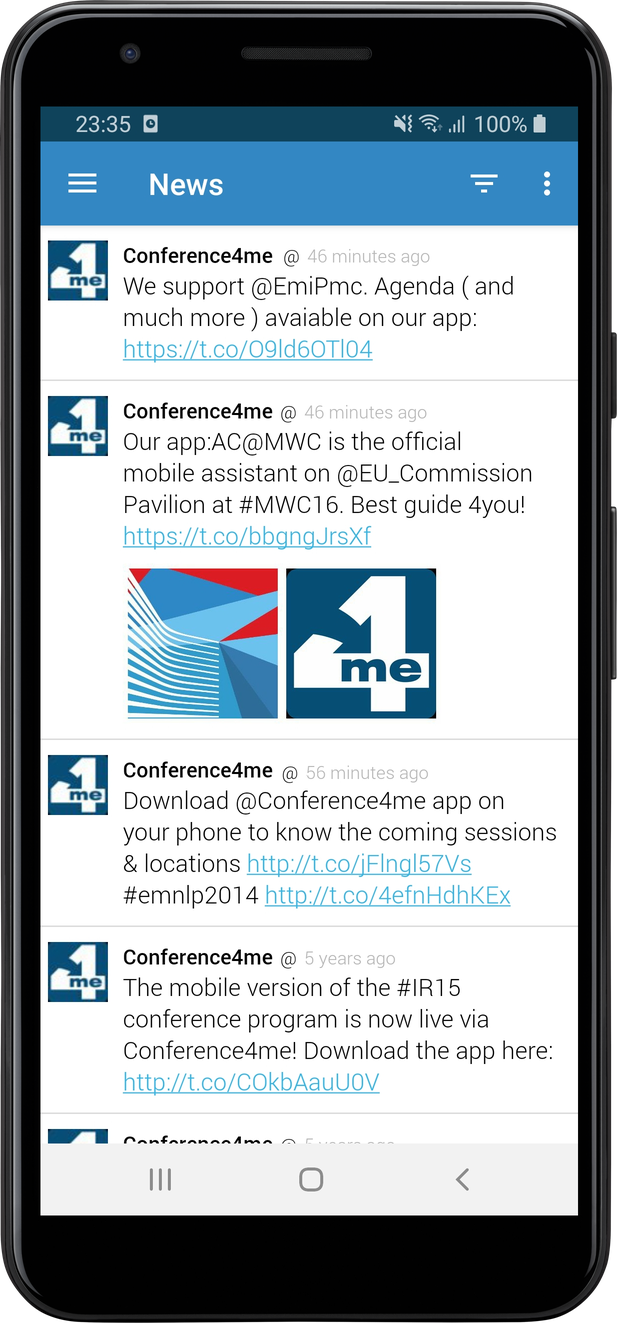
Finally, we propose several ways in which the model can be adapted to fully integrate the addressed resources into the Semantic Web. In this way, we show whether the model proposed by Khan 2018 enables the addition of the “etymology-history” dimension as commonly encountered in Romance linguistics. We focus on the Galloromance field and analyse examples coming from various types of resources (dictionaries, thesauri and linguistic atlases, including the FEW). Our presentation studies the possibility to integrate the etymological data of Romance linguistics into the Linked Open Data.

Still, the historical dimension remains rather poorly represented in the Linked Open Data (see for example Tittel/Chiarcos 2018, who try to integrate the DEAF in this network). Scholars first added the possibility to point out etymons when the dictionaries contained the information (see Declerck/Wandl-Vogt 2015), then Khan proposed a more general extension to the model (Khan 2018). However, it is only at a later stage that the model started to take into account the etymological, and more generally the historical dimensions. OntoLex-Lemon’s applicability to lexicography quickly led to improvements, for instance through the addition of morphological and syntactical information. This explains why the model does not yet allow the complexity of all the data from lexicographical resources to be represented. This standard was not initially designed with the purpose of linking dictionaries, but rather to enrich the Semantic Web’s existing ontologies with lexical information. It has already been tested with several digitized dictionaries. OntoLex-Lemon () is one of the standards made available to the community of lexicographers for the linking of digital resources. This dashboard gives a similar overview of the recruitment process, but is more goal-oriented, particularly with regard to the internal recruitment team’s OKRs (Objectives and Key Results). These resources would benefit from a digital linking with the FEW by allowing their users to have a direct access to the corrections they propose. The need for data linking is particularly strong in historical lexicography of Romance languages, where numerous reference books complete the Französisches Etymologisches Wörterbuch (FEW), a thesaurus gathering all lexical units of Galloromance languages and dialects.

More recently, the Elexis project (European Lexicographic Infrastructure) set itself the goal of promoting cooperation between research teams, in particular by pushing the development of standards, methods and tools linking lexicographical resources with open access to their data (). Nowadays, lexicographical resources increasingly integrate, partially or completely, the Semantic Web and, in particular, the Linguistic Linked Open Data network ().


 0 kommentar(er)
0 kommentar(er)
